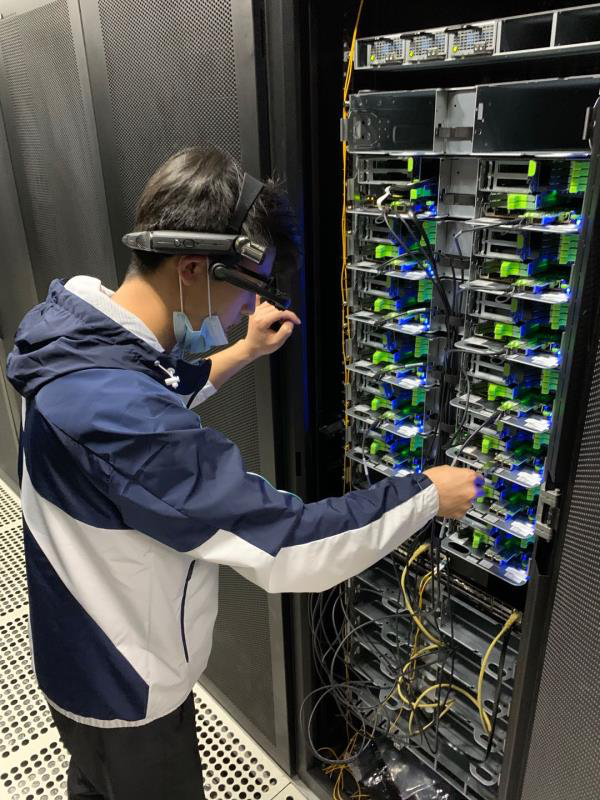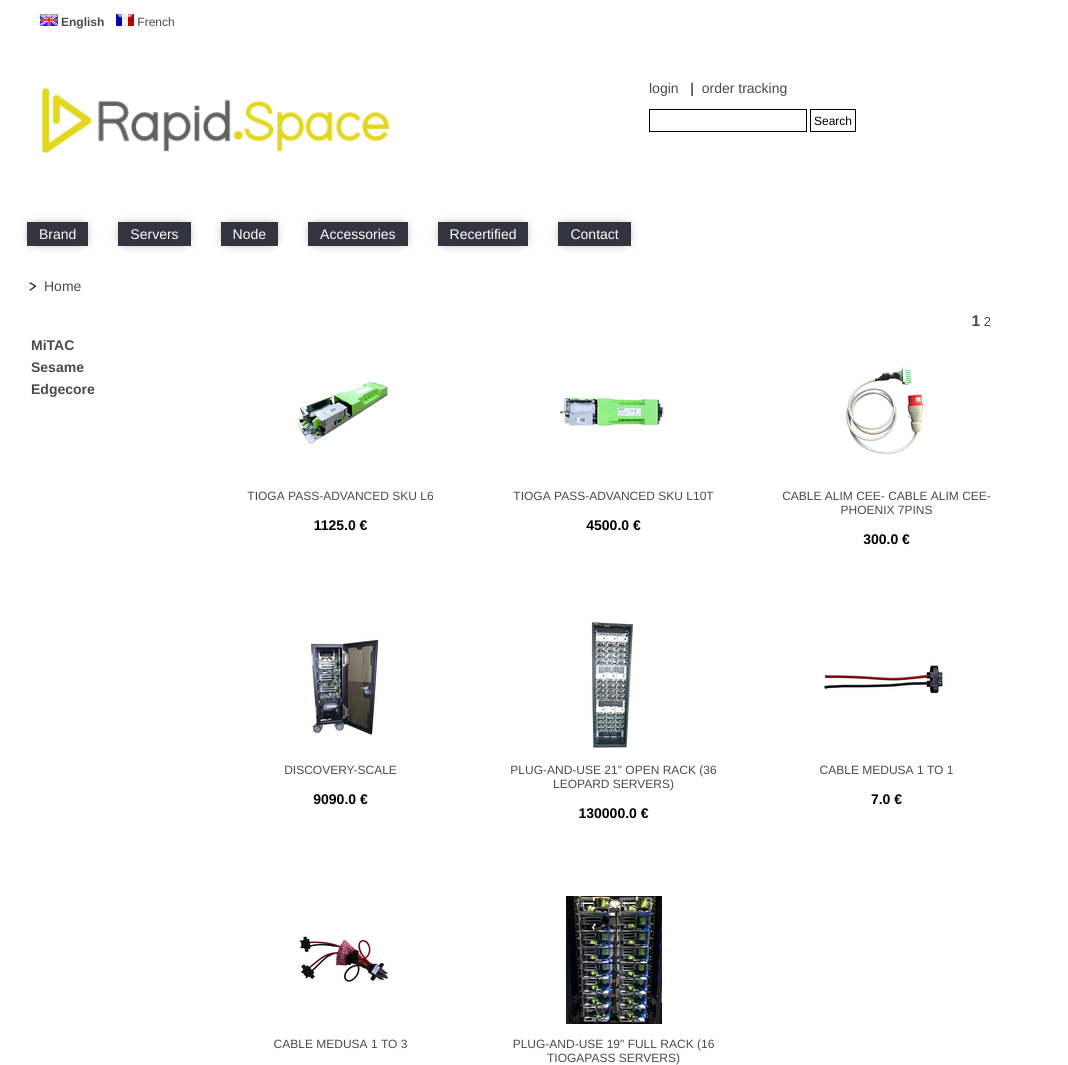It is the right of every country to control their cloud infrastructure. It is the right of every company to protect their trade secret. It is the right of every person to learn how cloud technology is made. It is the obligation of everyone to abide by the rules of their residence country.
Combined together, those principles are sometimes called digital independence, digital sovereignty or strategic autonomy depending on the point of view. Those principles have been broken at multiple occasions as part of economic warfare (eg. Frédéric Pierucci) or political espionage (eg. Angela Merkel). Distrust has thus grown against cloud technologies. National silos of mutual incompatibility have formed.
Most problems posed by cloud in terms of digital independence and strategic autonomy are explained very clearly in a book by Tariq Krim that was published on July 14th 2021. M. Krim suggests different approaches such as increased used of open source, hiring skilled developers, etc.

We believe that Rapid.Space can contribute to greater digital independence and strategic autonomy thanks to principles of radical transparency at the core of its global service.
How does Rapid.Space protect strategic autonomy?
Rapid.Space is based on the idea of "Hyper Open Cloud": all source code of its platform is published as Free / Open Source software. It uses open source hardware designs that can be produced anywhere in the world. All management procedures are also published online in a Handbook. It is thus possible for a company, a government or a student to study in detail how Rapid.Space was made and duplicate it on their own.
 /
/
How does Rapid.Space protect digital sovereignty?
The hardware infrastructure of Rapid.Space is owned by independent companies in each country. For example, servers in France are owned by Nexedi (French company) and servers in China are owned by Xunkongjian (Chinese company). Both companies have no relations in terms of capital. It is not possible to request one of the two companies to do something against the will of the other company. This is how Rapid.Space can enforce different laws in different countries without the risk of extra-territorial application.

How does Rapid.Space protect trade secret?
Rapid.Space is designed with "Zero Knowledge" principles in mind so that credentials are not shared anywhere on the management platform (a.k.a. orchestrator or OSS/BSS) and are thus unavailable to third parties. For example, with Caucase, every user gets its own dedicated public key infrastructure (PKI): only the user and the server running the cloud services (ex. the database) can access credential information. Rapid.Space itself can not.
Can I run Rapid.Space on my own computers?
Rapid.Space technology originates in SlapOS, a distributed cloud platform (somme people say now "edge computing") created in 2009 by Nexedi in line with the ideas of decentralization of Larry Sanger (the father of "digital independence"). Every Rapid.Space user can create their own private point of presence and contribute it to the Rapid.Space global cloud, either using "certified" OCP hardware available on shop.rapid.space or using their own hardware (ex. Raspberry Pi, Olimex, etc.) or by installing Rapid.Space software onto third party cloud providers (ex. Scaleway, Qingcloud, Digital Ocean, etc.).
It is even possible to deploy Rapid.Space offline, on an isolated infrastructure.

References